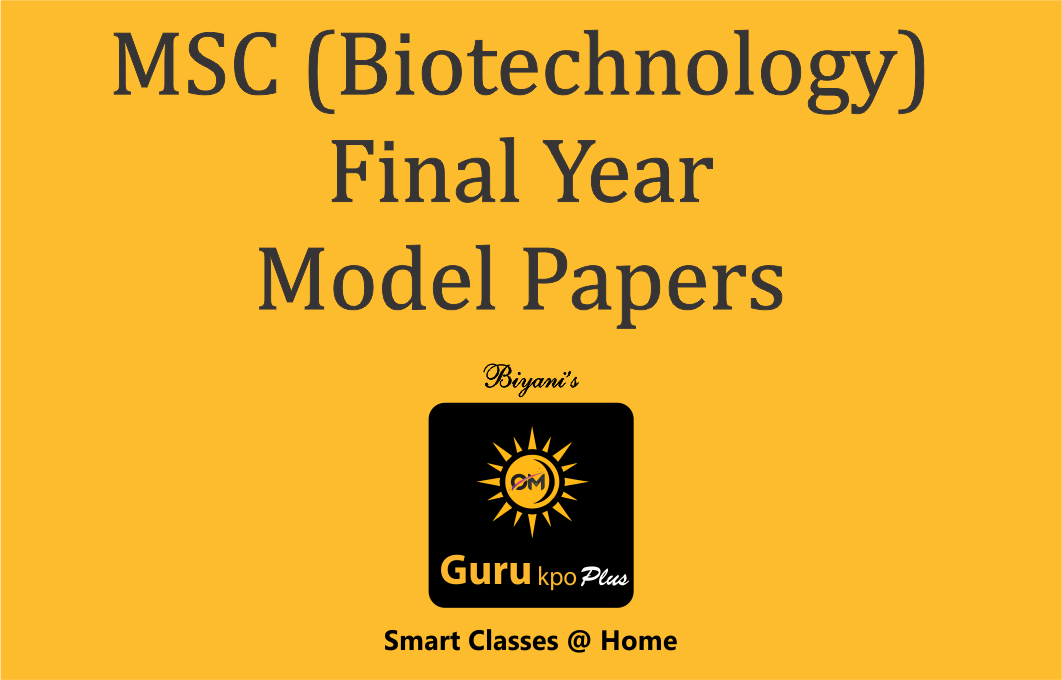
In velocity modulation, three cases are taken. Firstly, there is no applied voltage and as such electrons passing through the gap A are unaffected and will reach the collector with the same constant velocities.
At point B on the input RF cycle, the alternating voltage is zero and the electrons which passes through the gap A is unaffected by the RF signal (Reference electron, eR).
Secondly, consider C point passing the gap slightly later than the eR, this late electron, eL is subjected to positive RF voltage so that eL is accelerated and catches eR.
Thirdly, consider point A of RF cycle, an electron passing the gap slightly before the eR, called early electron ee and this early electron is subjected to negative RF voltage so ee is retarded and as such eR catches ee. When the electron passes the buncher gap their velocity will be changed according to the input RF signal. This process is known as velocity modulation. The electrons bunch together as they travel in the drift space. The pulsating stream of electrons passes through the gap and excites oscillations in the output cavity. The density of electrons passing the gap B varies cyclically with time. This means the electron beam contains an ac current and variation in current density enables the klystron to have a significant gain and hence drift space converts the velocity modulation into current modulation.







